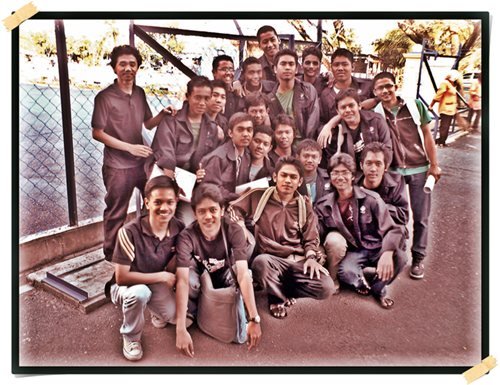
Introduction of Video Card
A video card, also known as a graphics accelerator card, display adapter, or graphics card, is an expansion card whose function is to generate and output images to a display. Some video cards offer added functions, such as video capture, TV tuner adapter, MPEG-2 and MPEG-4 decoding, FireWire, light pen, TV output, or the ability to connect multiple monitors.
A common misconception regarding video cards is that they are strictly used for video games. Video cards instead have a much broader range of capability, for example, they play a very important role for graphic designers and 3D animators, who tend to require optimum displays for their work as well as faster rendering in order to efficiently tone up their work
History
- The first IBM PC video card, which was released with the first IBM PC, was developed by IBM in 1981. Starting with the MDA (Monochrome Display Adapter) in 1981, several video cards were released, which are summarized in the attached table.VGA was widely accepted, which led some corporations such as ATI, Cirrus Logic and S3 to work with that video card, improving its resolution and the number of colours it used. This developed into the SVGA (Super VGA) standard, which reached 2 MB of video memory and a resolution of 1024x768 at 256 color mode.
- In 1995 the first consumer 2D/3D cards were released, developed by Matrox, Creative, S3, ATI and others.
- In 1997, 3dfx released the Voodoo graphics chip, which was more powerful compared to other consumer graphics cards, introducing 3D effects such mip mapping, Z-buffering and anti-aliasing into the consumer market.
- From 1999 until 2002, NVIDIA controlled the video card market (taking over 3dfx) with the GeForce family.
- In 2006, the leadership of the video cards market was contested between NVIDIA and ATI with their biggest graphics models GeForce and Radeon respectively.
Video Memory
The memory capacity of most modern video cards range from 128 MB to 4.0 GB. During and after that year, manufacturers moved towards DDR2, GDDR3 and GDDR4 even GDDR5 utilized most notably by the ATI Radeon HD 4870.The effective memory clock rate in modern cards are generally between 400 MHz and 3.8 GHz.






No comments:
Post a Comment